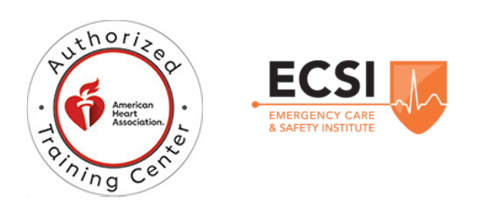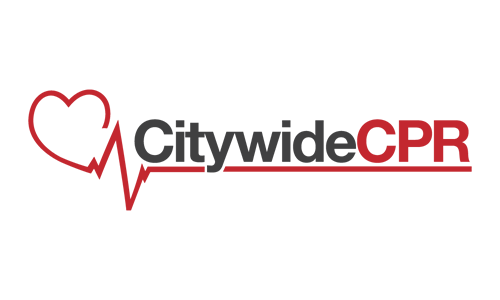For fans of Hollywood films, there are certain films which would show a victim of sudden cardiac arrest, and the dramatization of the CPR procedure done to them. According to studies, there is a large percentage of revival with the use of CPR in a Hollywood film. Granted that these films are merely snippets of a character’s life and does not necessarily show other instances of CPR, the dramatization still affects the audience.
Due to the dramatization and the life-like recreation of the resuscitation process, more people think that they have the skill to perform CPR on a victim of sudden cardiac arrest. Unfortunately, merely watching the procedure in a Hollywood film may not be enough training to be able to properly administer CPR. Adding to that, there are many misconceptions that Hollywood films address regarding CPR.
Common Misconceptions
Thanks to Hollywood, people have been disillusioned regarding some of the aspects of CPR. This misinformation can be undone by attending training programs for actual CPR practice.
Success Rate
Success rate is one of the most dramatized aspect in Hollywood, with the main character usually successful in reviving a person that has required CPR. This is countered by the reality of it all, where there are varying success rates, depending on the presence of trained bystanders and professionals. Even with all the trained individuals, success rate of revival is still less than 50 percent, no matter the situation.
Return of Spontaneous Circulation
This is an addition to the success rate. More often than not, CPR is insufficient in bringing the circulation of a heart back to normal. Normally, it requires the use of an electric shock form a defibrillator or an automatic external defibrillator.
Necessity of Mouth-to-Mouth Resuscitation
Mouth-to-mouth resuscitation has become a trope in a film or show, where this brings the victim and the person administering CPR together, as they categorize it as a kiss. Unfortunately, this has been implanted in the mind of some audiences that mouth-to-mouth resuscitation is a gentle thing. In truth, there is a certain position in which mouth-to-to mouth resuscitation is effective, and there is a required amount of force to make it effective. Additionally, mouth-to-mouth is not a necessity, especially on certain moral and ethical grounds. Hospitals and other medical institutions have presented that hands-only CPR is also a very effective procedure, without needing for mouth contact.
The Good Samaritan Act
The Good Samaritan Act protects bystanders that perform CPR and cause injury from being sued by the victim. This is because the act was done in the state of necessity and any and all forms of revival, especially from an untrained person, may have some disagreeable results. Bystanders do not have to fear as you will not be sued, so go help those in need.
Let the Trained Do It
This is the worst misconception, as this actually decreases the chances of survival. You can see in Hollywood films that people won’t do anything because they are untrained, and as an extension, afraid of getting sued and being of no help. This mentality in reality would be very detrimental to rescue efforts, as every second is critical for the success rate of revival.
Get informed about the reality of CPR by attending a CPR training course.





